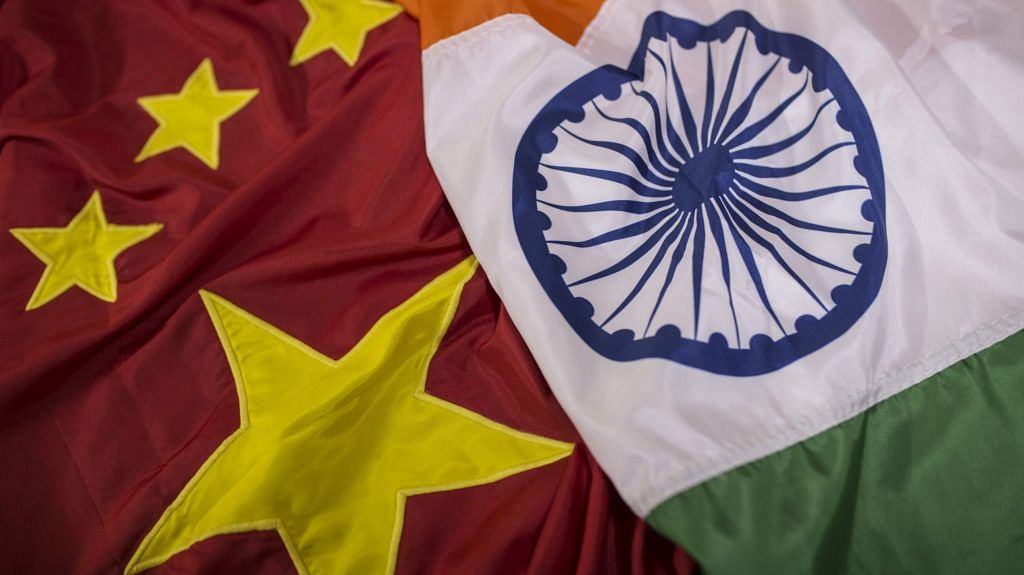New Delhi: India’s exports to China and Malaysia surged by more than 70 per cent in June, even as those to the US and the UK contracted in the same period, rating agency Crisil said in a report Friday.
Weak domestic demand and rising restrictions have also meant that imports by India have been muted, helping reduce the trade deficit with China, the report states. According to government data, India’s trade deficit with China has halved to $1.2 billion in June, from $2.4 billion in May.
Indian exports, the report states, are flowing back to economies that have been successful in checking the spread of the Covid-19 pandemic.
“India’s exports growth in a pandemic-dominated world appears to be inversely related to the rise in Covid-19 cases in its export destinations,” said Crisil, adding that this explains the reasons for growth in exports to countries like China, Malaysia, Singapore, Vietnam, South Korea and Japan and contraction in exports to the UAE, the UK, Germany, the US, and Brazil.
Also Read: China ‘secret’ could explain why Covid barely spread beyond Wuhan, says Apollo’s Prathap Reddy
A look at trends from east to west
India’s exports to China grew 78 per cent in June, while those to Malaysia rose by 76 per cent, Vietnam by 43 per cent and Singapore by 37 per cent. “Most of these economies had flattened the Covid-19 caseload curve in this period,” Crisil said.
In contrast, exports declined to western economies such as the US, Brazil, the UK, and Germany, which are struggling with higher Covid-19 caseloads, the report adds.
While India’s exports to the UK contracted by 34 per cent in June, those for Germany declined by 18 per cent and for the US by 11 per cent. The sharpest fall in exports was to the UAE, at 53.2 per cent.
“Export prospects for this fiscal will pivot on the trajectory of the pandemic across countries. It will rise to countries that have controlled their caseload and restarted activity,” the report states.
India’s exports have declined sharply since March 2020, but have recovered in June and July, contracting by only around 10-12 per cent in these two months.
Also Read: Why Ladakh standoff could be part of Xi agenda to divert attention from China’s local issues
‘China has managed to control pandemic’
The report notes that China, where Covid-19 is believed to have originated, controlled the pandemic much earlier than other economies. Covid-19 cases peaked in February, after which economic activity across sectors like manufacturing and construction restarted.
China is among the rare economies in the world that reported a positive GDP growth of 3.2 per cent in the April-June quarter, thereby raising its import demand, Crisil said, adding that this is reflected in the rise in exports in items like iron and steel and organic chemicals from India.
Most of the major advanced economies in the world like the US have reported a sharp contraction in economic growth. Forecasts for India suggest it will report a 15-20 per cent economic contraction in the April-June quarter.
The rise in exports, along with a fall in imports from China, due to a slump in domestic demand and import restrictions, has brought India’s trade deficit with China down to around $1.2 billion in June from around $2.4 billion in May, according to govt data.
Following the 15 June Galwan Valley clash, which came amid border tensions between India and China in Ladakh, there was a clamour in India to boycott Chinese goods. In addition, Chinese goods were held up at the borders and customs clearances put on hold amid heightened tensions.
Also Read: Balancing LAC tension with economic strategy — How India can walk the tightrope against China
